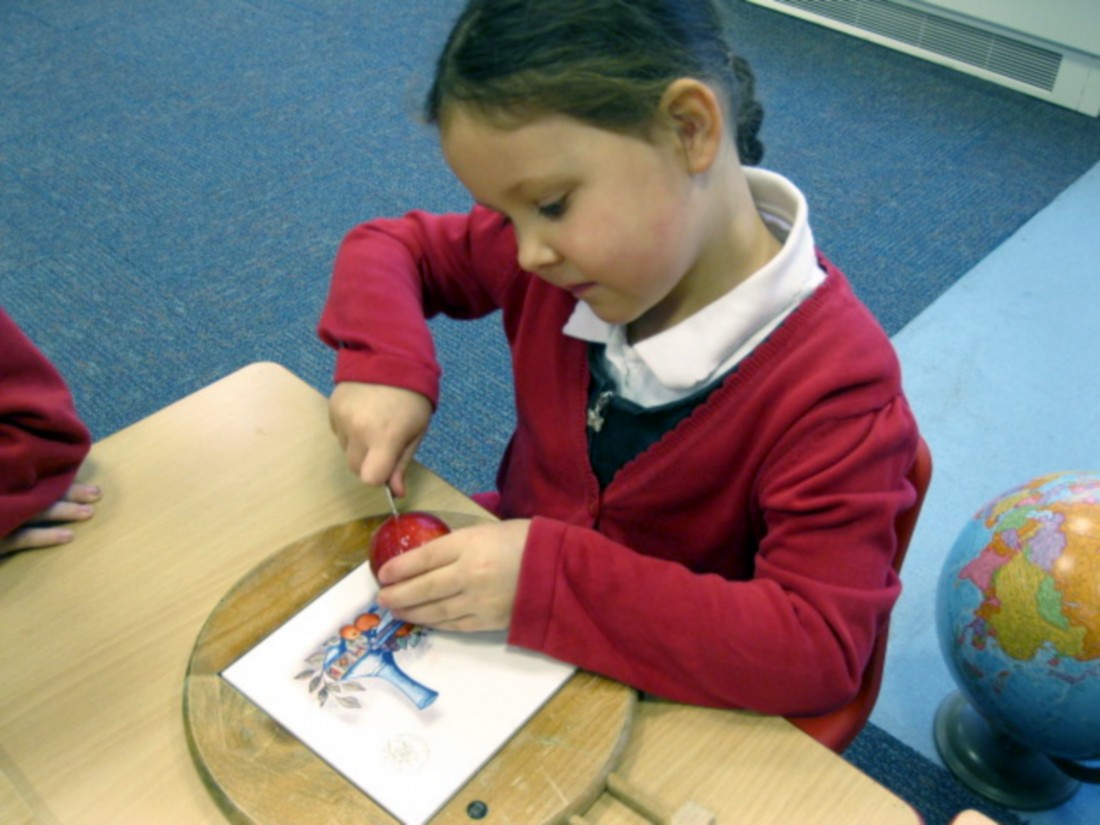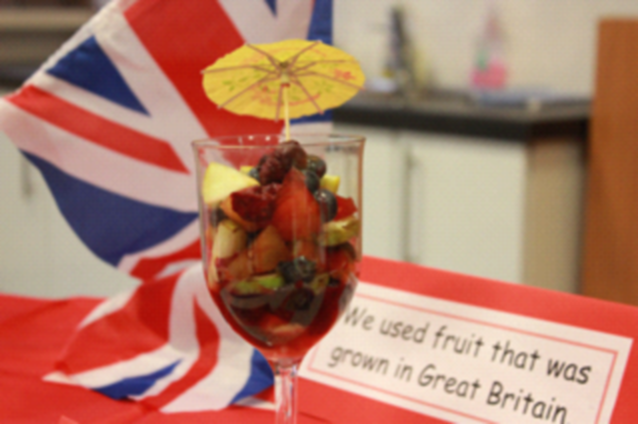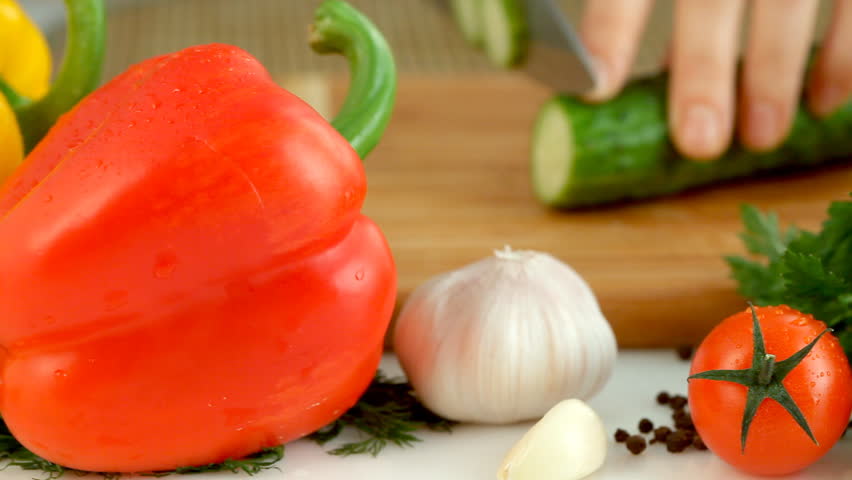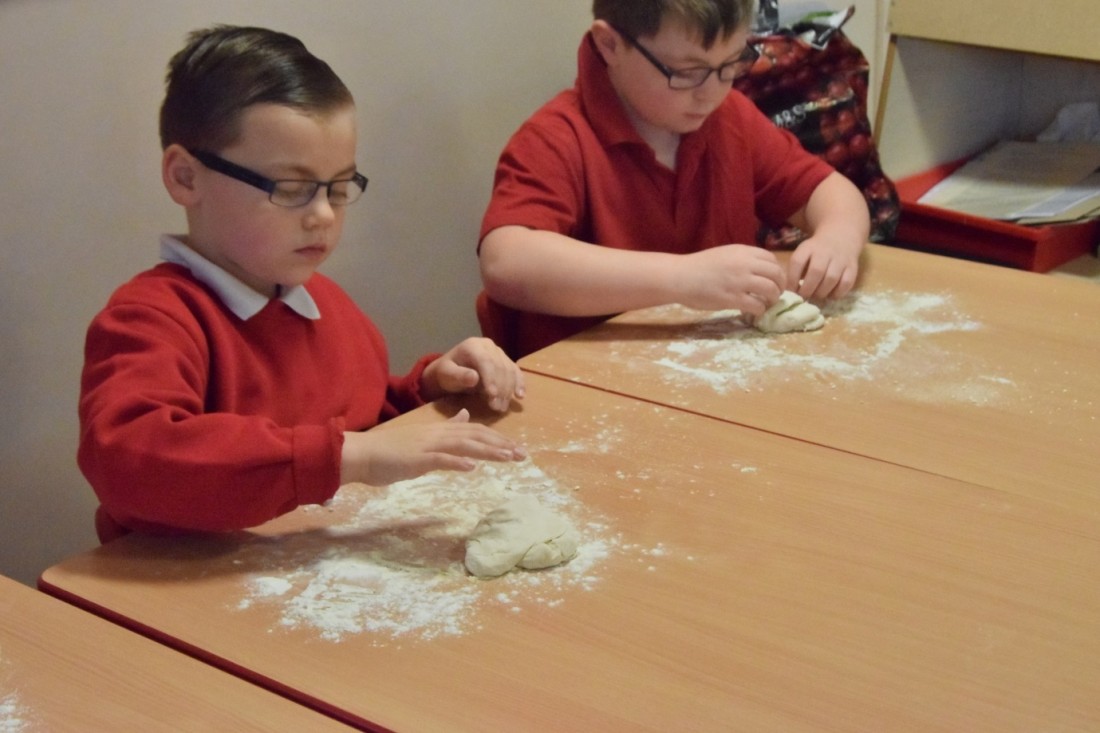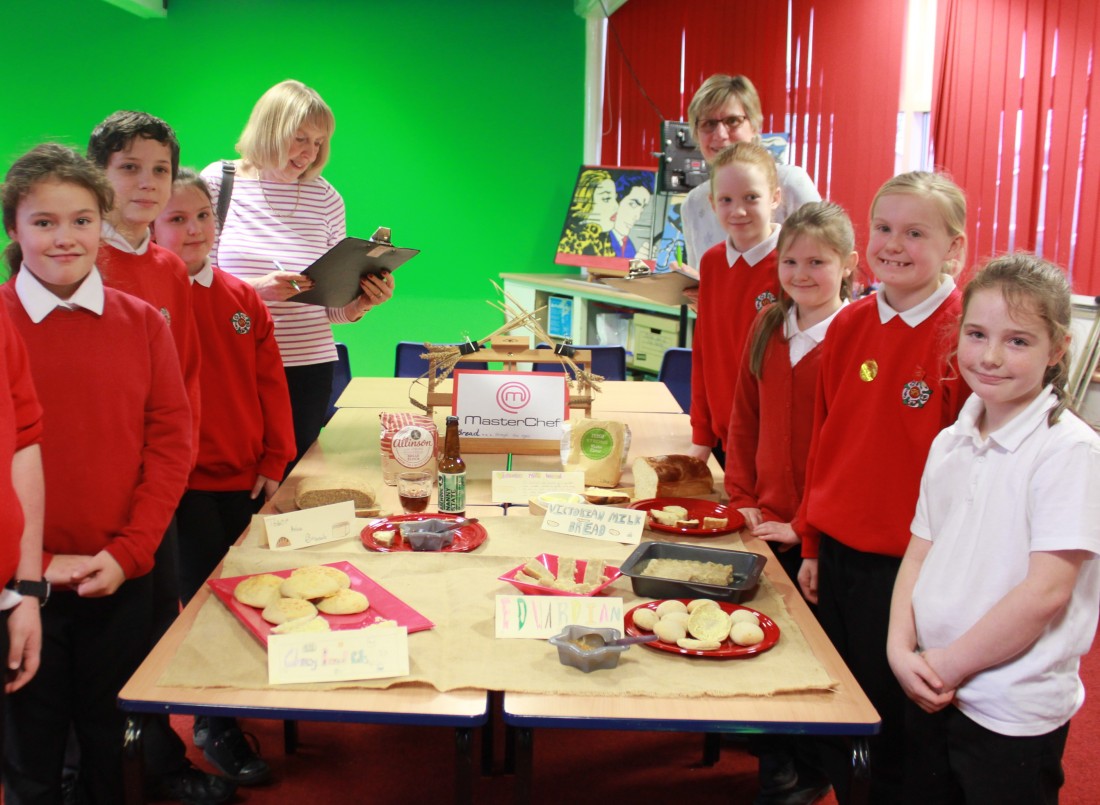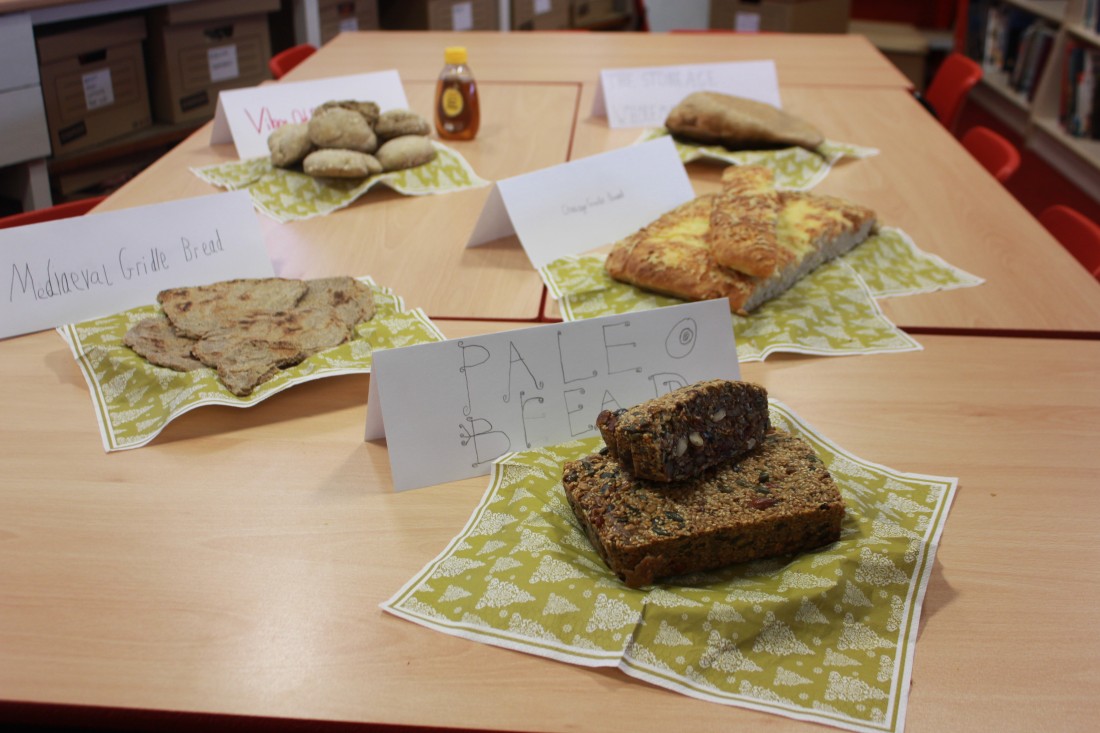D&T – Cooking & Nutrition
Intent, Implementation and Impact
Subject Key Objective Progression & Development by Year Groups
The following is a guide to help you understand your child’s progression through school.
All lessons are differentiated. This means teachers plan activities that enable the objective to be learned by all children including those who will find the objective challenging, those children who with hard work will secure good progress and those children who can tackle extra stretch and challenge in this subject.
Intent, Implementation and Impact
The curriculum is designed with our pupils and the Swinemoor community in mind.
It enables children to access and enhance their understanding of their home, their town and the wider community, developing their cultural capital and giving them opportunities and choices about their future and their impact as they progress through their school career and beyond.
This will help them become successful members of modern British society, preparing them for the challenges and opportunities.
D&T – Cooking & Nutrition

EYFS: “Children know the importance for good health of a healthy diet, and talk about ways to keep healthy and safe.”
KS1: “Use the basic principles of a healthy and varied diet to prepare dishes”
KS2: “Understand and apply the principles of a healthy and varied diet… prepare and cook a variety of predominantly savoury dishes using a range of cooking techniques”
EYFS:
Hygiene (T1)
Bake (T1)
Prepare (T1)
KS1:
Variety (T1)
Recipe (T1)
Dishes (T1)
KS2:
Technical (T2)
Savoury (T2)
Nutrients (T2)
Children may demonstrate an understanding of healthy behaviours in relation to lifestyle and food choices.
Children may show an understanding of their own culturally significant foods, and be able to contrast this with differing socially significant dishes.
Children may be able to talk about the variation in the availability of food, and how food can reflect the economic and social structure of the culture surrounding it, both in modern times and historically.
What will be made, produced, performed, or published?
A whole school cooking project, culminating in every child designing and making a dish. Each dish will then be entered into a school wide ‘Masterchef’ competition, where the winner for each class will be decided by external judges who work in the food industry.
What knowledge will the children have embedded?
Children will be able to talk about the process behind their dish, including the origin of their ingredients and the significance they may have culturally (where relevant).
Children will know how, and demonstrate how, to use equipment safely and effectively.
Children will be able to talk about culturally significant food in their lives and food significant in cultures other than their own. They will demonstrate understanding of the need for hygiene and safety measures. .
What retention may be demonstrated?
Here are some example questions that may be used to assess children’s understanding.
EYFS: Why is it important to wash our hands before cooking? How can I stay safe in the kitchen?
KS1: Where do these ingredients come from? What is special about this dish?
KS2: Why have you chosen these ingredients? What technique have you used? Why is this procedure effective?
D&T – Cooking and Nutrition – Primary Curriculum
Year 3
D&T – Cooking and Nutrition – Year 3:
Begin to know that food is grown (such as tomatoes, wheat and potatoes), reared (such as pigs, chickens and cattle) and caught (such as fish) in the UK, Europe and the wider world.
Be able to use a range of techniques such as peeling, chopping, slicing and grating.
Mastery
D&T – Cooking and Nutrition – Mastery:
Children are able to make quality products, evidencing a range of independent cooking skills of a particularly high standard. Click below for further Food and Nutrition examples.
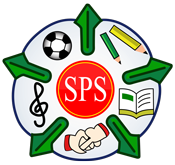
This collection of short films and resources will help you understand your child’s progression through school.
The curriculum film resource has been broken down by subject area initially and then by topic area.


